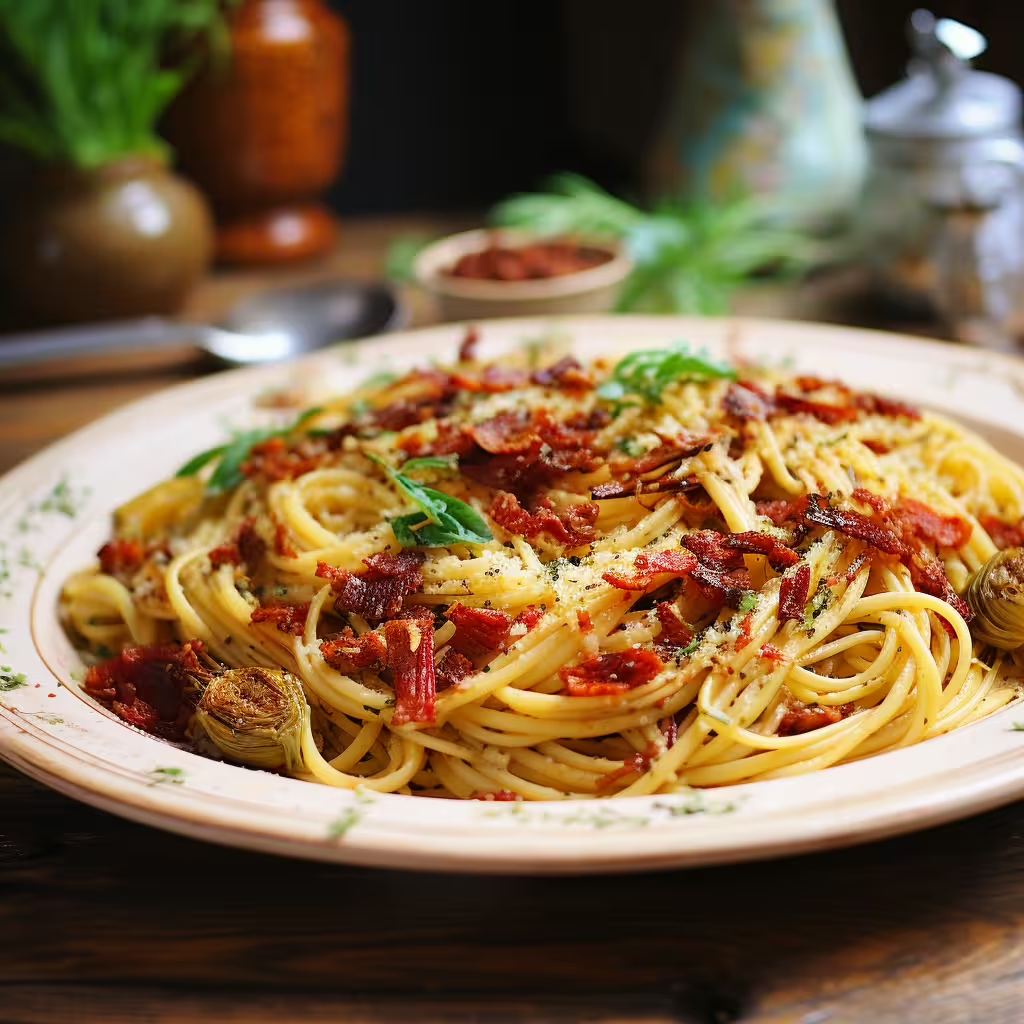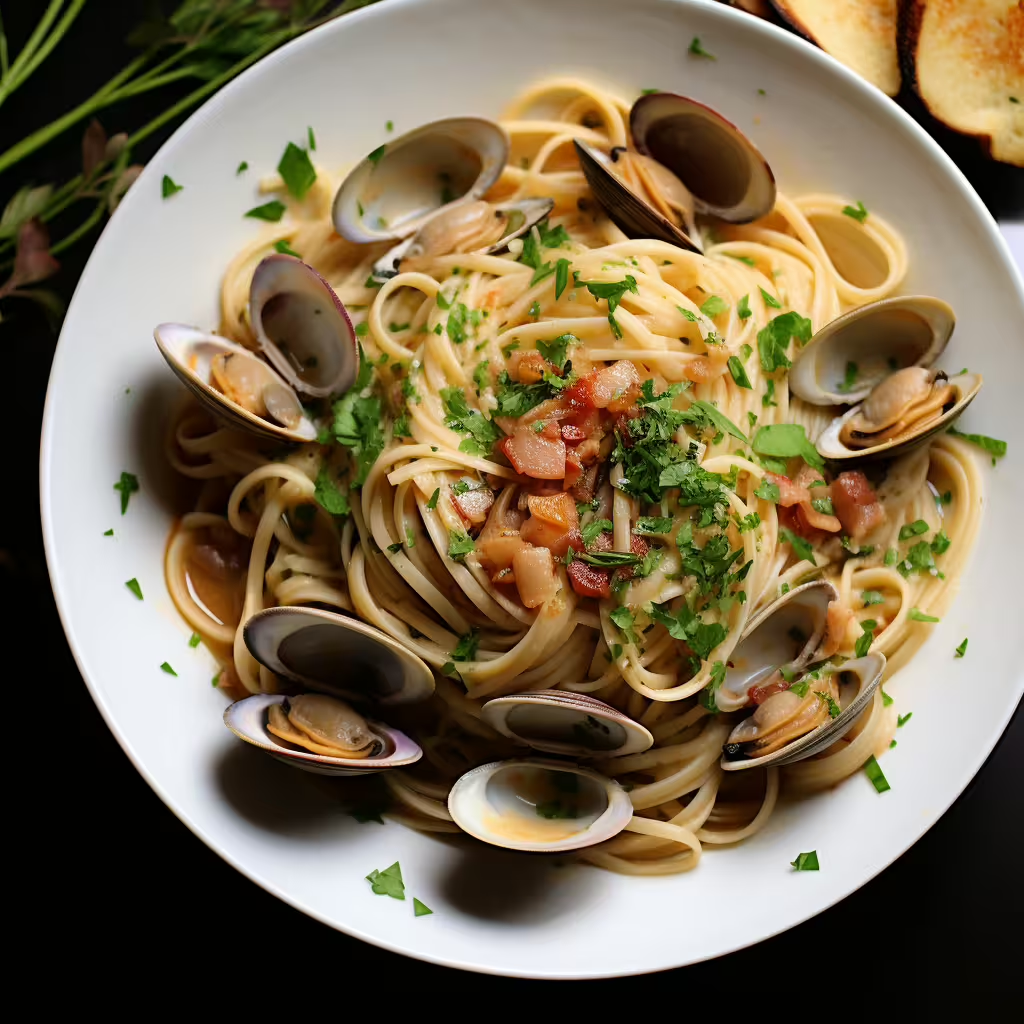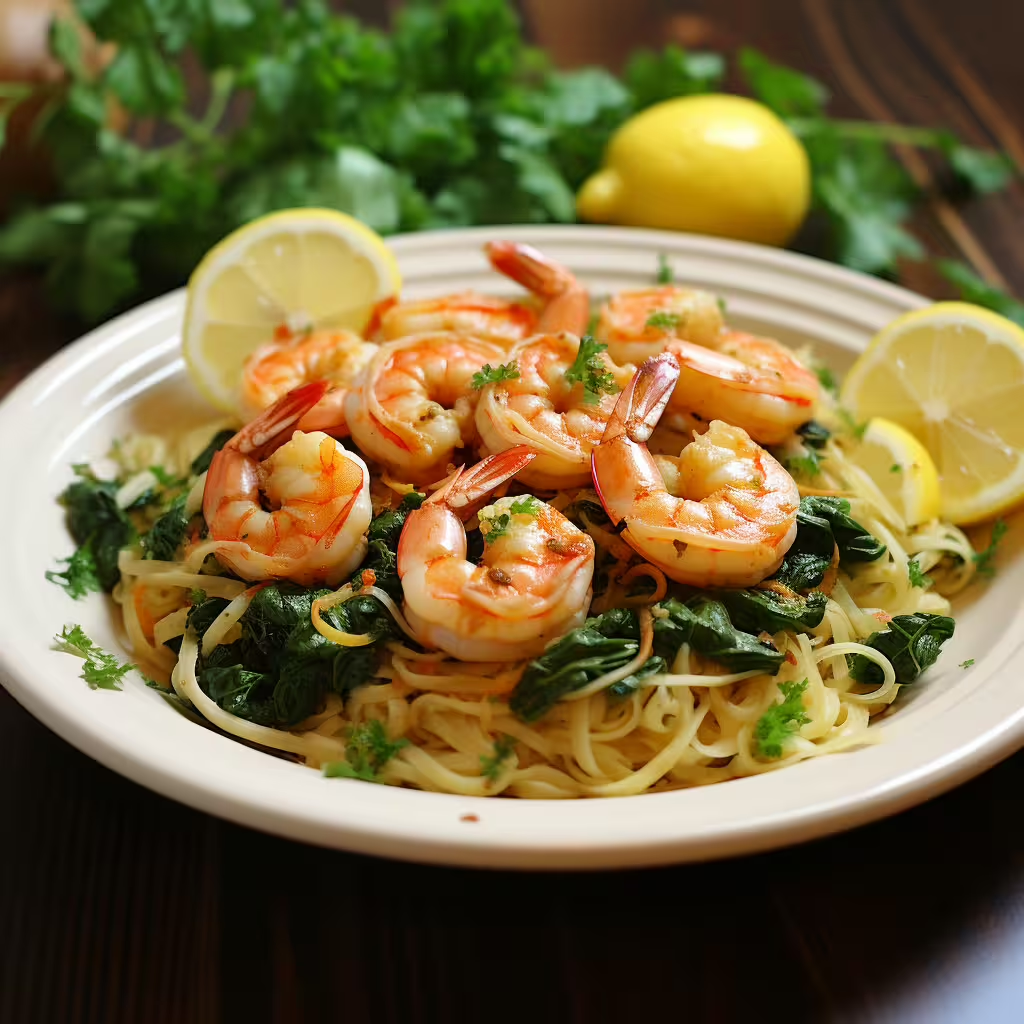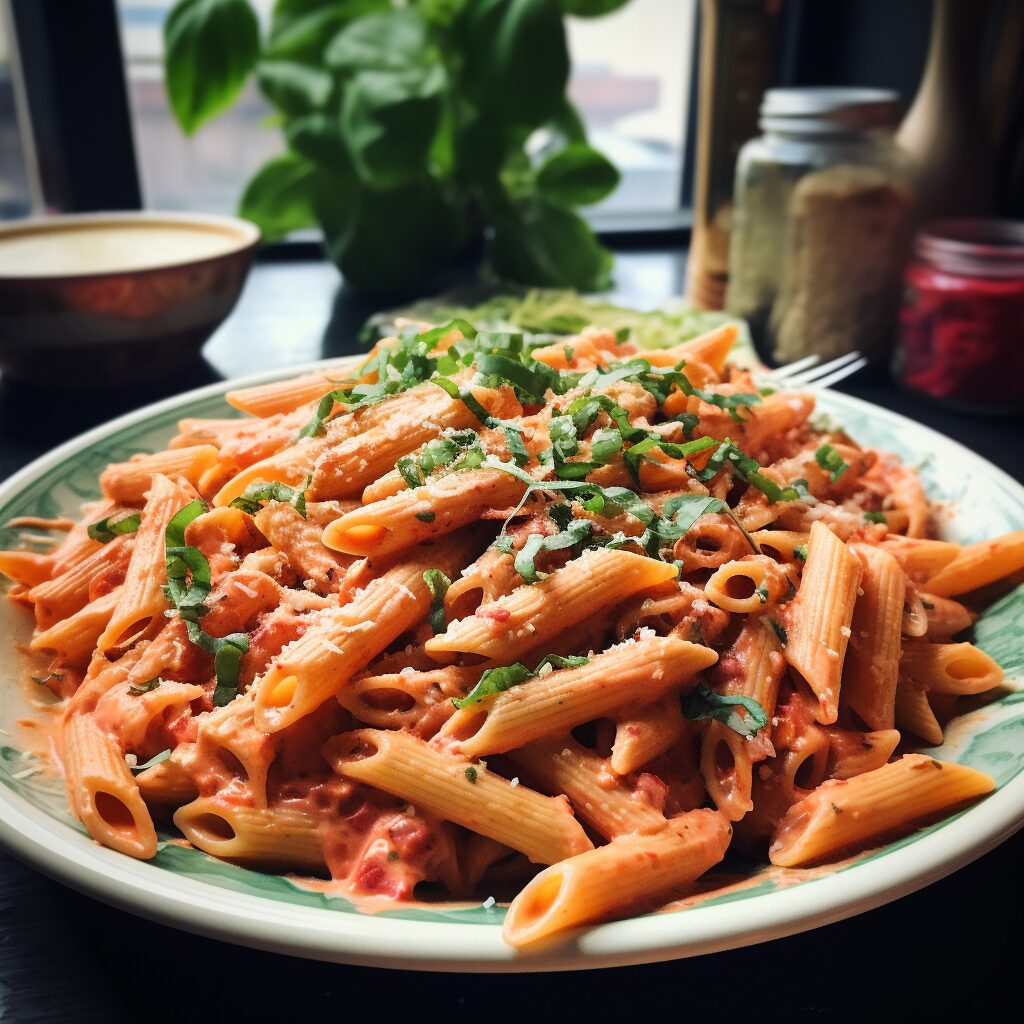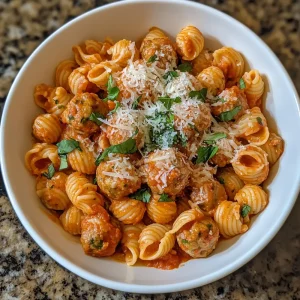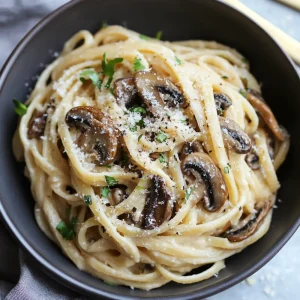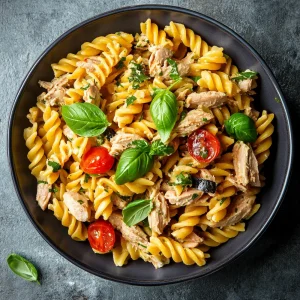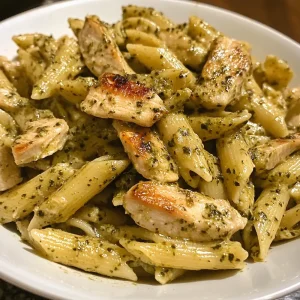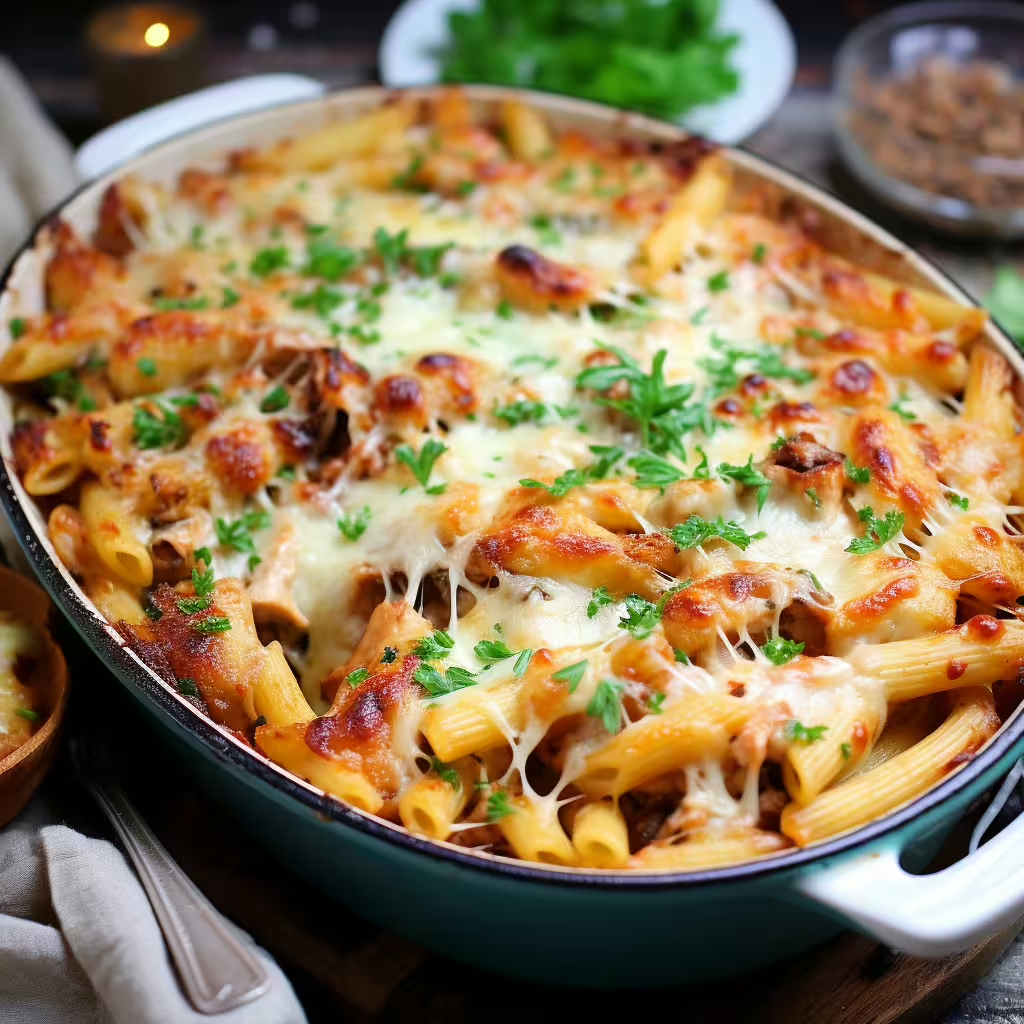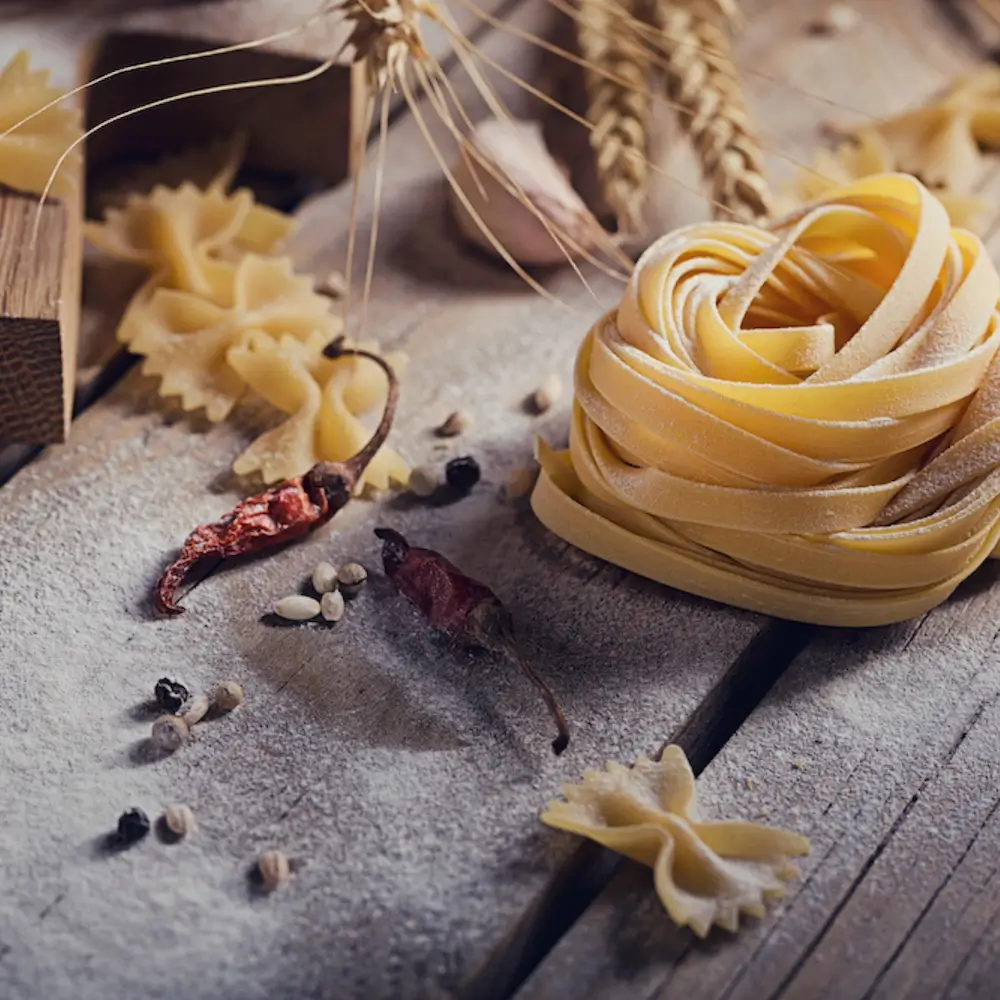Pasta, the beloved culinary staple, has been an integral part of Italian culture for centuries. Its rich history, global popularity, and versatile nature make it one of the most fascinating foods in the world. From its ancient origins to its modern-day variations, here’s everything you need to know about pasta.
The Origins of Pasta
Contrary to popular belief, pasta did not originate in Italy. Historical evidence suggests that the first forms of pasta were made in ancient China, where noodles made from millet were a common dietary staple as early as 2000 BCE. Marco Polo’s travels to China in the 13th century brought back tales of these noodles, sparking debates over whether he introduced pasta to Italy.
However, archaeological findings and ancient texts show that pasta, or a form of it, was already being produced in Italy during Etruscan and Roman times. These early versions of pasta were made from wheat flour and water and often baked or fried.
Pasta in the Middle Ages
By the 13th century, dried pasta became popular in Italy, particularly in Sicily. The Arabs introduced durum wheat, which was ideal for creating dried pasta that could be stored for long periods. This innovation allowed pasta to become a practical food source for sailors and travelers.
The first mention of “macaroni” was in the 13th-century writings of the Genoese. Around the same time, pasta-making techniques began evolving, with the introduction of pasta extruders that gave pasta its various shapes.
The Golden Age of Pasta
The 16th century marked a turning point in pasta’s history when tomatoes were introduced to Europe from the Americas. Initially met with skepticism, tomatoes eventually became a key ingredient in Italian cuisine, giving birth to the iconic pairing of pasta and tomato sauce.
During this period, Naples emerged as a hub for pasta production. The combination of high-quality durum wheat and an ideal climate for drying pasta elevated Naples to the “pasta capital” of the world.
Pasta and Italian Culture
Pasta is deeply ingrained in Italian culture and identity. Italians don’t just eat pasta, they celebrate it. Each region in Italy boasts its own pasta specialties, from spaghetti alla carbonara in Lazio to tagliatelle al ragù in Emilia-Romagna.
Italian pasta is categorized into two main types: fresh and dried. Fresh pasta, often made with eggs, is typically used in northern Italy, while dried pasta made from durum wheat semolina dominates in the south.
Fascinating Pasta Facts
- Over 600 Shapes: Did you know there are more than 600 pasta shapes worldwide? Each is designed to pair perfectly with specific sauces. For example, penne works well with chunky sauces, while spaghetti complements lighter, oil-based sauces.
- World Pasta Day: Celebrated annually on October 25th, this day honors the global love for pasta and promotes its versatility and nutritional value.
- The Largest Pasta Dish: The largest pasta dish ever made weighed over 17,000 pounds! This record-breaking feat took place in Poland in 2015.
- Pasta’s Nutritional Value: Pasta is a great source of complex carbohydrates, providing energy and fiber. Whole-grain pasta offers even more health benefits, including essential vitamins and minerals.
Modern Pasta Innovations
Today, pasta continues to evolve. Gluten-free options made from rice, quinoa, and chickpeas cater to dietary needs, while creative shapes and flavors keep pasta lovers excited. Italian chefs and pasta makers worldwide honor traditional techniques while embracing new trends.
Italian Pasta’s Global Influence
Pasta has transcended its Italian origins to become a global favorite. From ramen in Japan to mac and cheese in the United States, pasta-inspired dishes are celebrated worldwide. Its adaptability has made it a staple in nearly every culture.
Pasta’s journey from ancient times to modern kitchens is a testament to its timeless appeal. Its history is as rich and diverse as the sauces it’s paired with, making it a culinary icon that continues to bring joy to tables around the world.
Whether you prefer spaghetti, lasagna, or penne, one thing is certain—pasta is more than just food, it’s a celebration of tradition, innovation, and the joy of eating.
Pasta lovers must try some of these recipes. Buon appetito!
